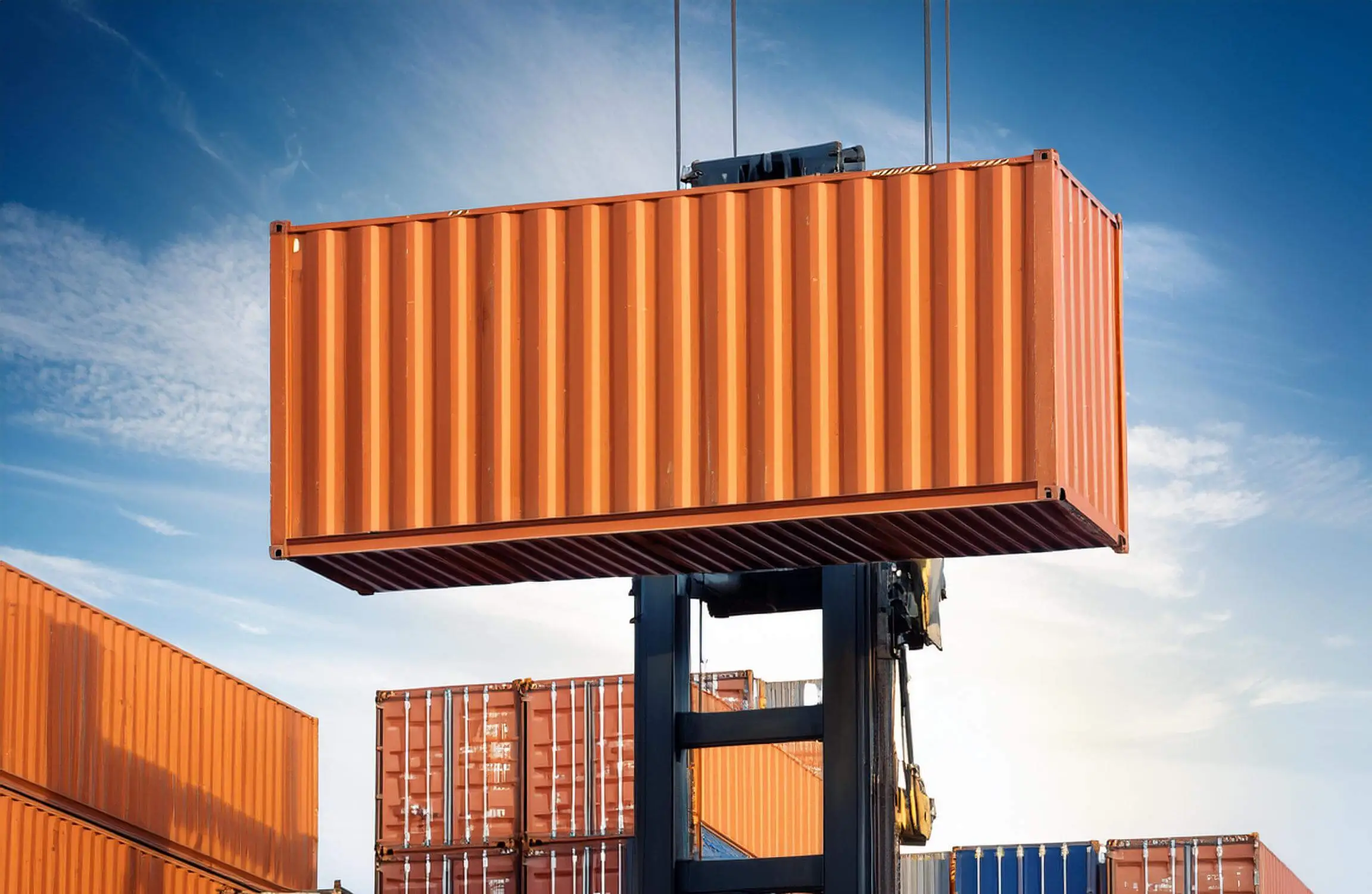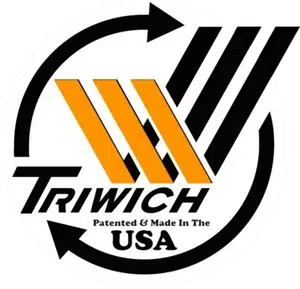Want to know how to effortlessly lift up a container? Whether you’re moving house or organizing your backyard, mastering this skill can save time and effort. Say goodbye to struggles and backaches with these simple yet effective techniques. From using proper lifting techniques to leveraging tools like dollies, forklifts, cranes, and hand trucks to move shipping containers, we’ve got you covered. Stay tuned for practical tips that will make lifting containers a breeze!
Key Takeaways
- Use Proper Equipment: Always use suitable lifting equipment like Tri-UP or C-Lift for safe and efficient forklift container lifting.
- Consider Small-Scale Solutions: Small-scale forklift lifting equipment can offer cost-effective and versatile solutions for shipping containers handling needs.
- Explore Tri-UP and C-Lift Options: Tri-UP and C-Lift, forklift options, provide innovative and reliable ways to lift containers, catering to different shipping requirements.
- Prioritize Safety: When lifting containers, prioritize safety measures to prevent accidents and ensure smooth operations.
- Regular Maintenance: To ensure the longevity and optimal performance of lifting equipment, schedule regular maintenance checks.
- Consult with Experts: When in doubt about the lifting process or equipment selection, seek advice from professionals in the field.
How To Lift A Shipping Container
Using Forklifts
- Identify the right forklift for your shipping containers‘ size and weight.
- Ensure operators are properly trained for safety and efficiency.
- Regularly inspect forklifts to prevent operational failures.
Hydraulic Systems
- Understand hydraulic system mechanics for effective lifting.
- Utilize hydraulics for heavy-duty applications.
Safety Tips
- Wear appropriate PPE when lifting containers.
- Establish clear communication signals during operations.
- Conduct risk assessments to identify potential hazards.
Lifting Solutions in the Market
Tilt Bed Trailers
Tilt bed trailers offer a versatile lifting solution for containers, ensuring easy loading and unloading processes. Before tilting the trailer, always ensure it is on stable ground to prevent accidents. Familiarize yourself with the trailer’s weight limits to guarantee safe transport.
Container Lifting Jacks
Utilize container jacks in low-volume areas as a new container lifting solution for cost efficiency. Position the jacks accurately under the container to maintain stability during lifting operations. Adhere to manufacturer guidelines on weight capacity to prevent any potential damage.
Truck Cranes
Truck cranes provide capacity lifting systems tailored to your site’s specific lifting requirements. Properly calibrate and maintain the crane for safe operation. Train operators on the unique controls and features of truck cranes to ensure efficient and secure lifting processes.
Benefits of Small-Scale Equipment
Ease of Use
Small-scale equipment prioritizes user-friendly interfaces to aid quick learning and seamless operation. Simplified procedures optimize efficiency, while comprehensive training materials support new users effectively.
Cost-Effectiveness
Assessing initial costs against long-term savings is crucial for financial viability. Comparing rental options with purchasing provides flexibility in budget management. Analyzing maintenance expenses helps gauge the overall financial impact accurately.
Versatility
Versatile equipment should lift and accommodate various container sizes and weights efficiently. Implementing multi-functional tools reduces the necessity for multiple machines, enhancing productivity. Adapting equipment for diverse environments and tasks ensures optimal utilization.
Tri-UP Overview
Features and Benefits
Automation streamlines operations, boosting productivity by reducing manual effort and time consumption. The speed of the lifting process further enhances efficiency.
Ergonomic designs in Tri-UP equipment prioritize operator comfort and safety, minimizing strain and the risk of injuries during container handling. This feature ensures a conducive working environment.
Durability and reliability stand out as vital aspects when considering an investment in lifting equipment. Tri-UP’s robust build guarantees longevity and consistent performance, making it a cost-effective choice.
How It Works
The lifting mechanisms in Tri-UP machines operate on simple yet effective principles, utilizing hydraulic or pneumatic systems for smooth vertical movement. The setup involves positioning the equipment correctly before engaging the lift function.
From initial preparation to the actual lifting process, operators follow a specific sequence of operations to ensure safety and efficiency. Load distribution plays a crucial role in maintaining stability and balance during lifting maneuvers so make sure the items in the container are well spread apart and secure.
Understanding the significance of proper load distribution is key to successful lifting operations. Distributing weight evenly across the container prevents tilting or imbalance, ensuring a secure lift every time.
User Testimonials
Operators using Tri-UP equipment praise its ease of use and time-saving benefits, highlighting how it simplifies their daily tasks. Real-world experiences showcase substantial efficiency improvements due to the equipment’s performance.
Success stories from users emphasize how Tri-UP has revolutionized their workflow, making container handling more manageable and efficient. These testimonials serve to build trust among potential users, showcasing the equipment’s reliability.
Explore The Wider C-Lift Range
Side Loaders
Side loaders efficiently move containers laterally, ideal for tight spaces and congested areas. A prime mover is crucial for smooth operation.
Reach Stackers
Reach stackers excel at lifting and stacking containers with precision and speed. Operator visibility ensures safe maneuvering, especially in high-volume operations.
Top Loaders
Top loaders maximize space by stacking containers effectively. Automation features boost operational efficiency, requiring an initial investment with a promising return.
Final Remarks
In lifting containers, safety and efficiency are key. Small-scale equipment like the Tri-UP can make a big difference, offering affordability and ease of use. By exploring the wider C-Lift range, you can find solutions tailored to your needs. Remember, always prioritize safety and choose equipment that suits your requirements.
Take action today to enhance your container lifting operations. Explore the options mentioned here and invest in the right tools for the job. Your efficiency and safety are worth the effort. Upgrade your lifting capabilities now!
Frequently Asked Questions
How can I safely lift a shipping container?
To safely lift a shipping container, ensure you have the appropriate equipment like cranes or forklifts. Check the weight capacity of the lifting equipment and secure the container properly with straps or chains before lifting.
What are the benefits of using small-scale lifting equipment?
Small-scale lifting equipment offers increased maneuverability in tight spaces, cost-effectiveness due to lower operational expenses, and versatility for handling various loads efficiently.
What is Tri-UP and how does it help in lifting containers?
Tri-UP is a specialized lifting solution designed for efficient and secure container handling. It provides stability and ease of operation during lifting, ensuring safety and precision in the process. All that is provided in a package that can be operated by a single person, no heavy machinery needed.
Why should I consider affordable lifting solutions for container handling?
Affordable lifting solutions offer cost-effective alternatives without compromising on quality or safety standards. They provide practical options for businesses looking to optimize their operations within budget constraints.
What is the significance of exploring the wider C-Lift range for container lifting needs?
Exploring the wider C-Lift range allows you to find customized solutions tailored to your specific container lifting requirements. It offers a diverse selection of equipment with varying capacities and features to meet different project demands, such equipment is needed where containers are moved many times a day.

